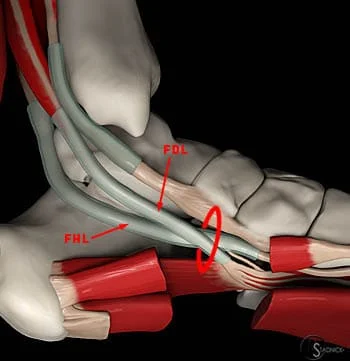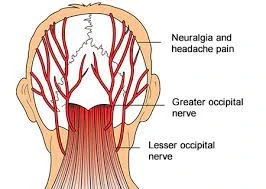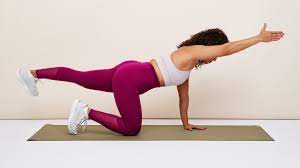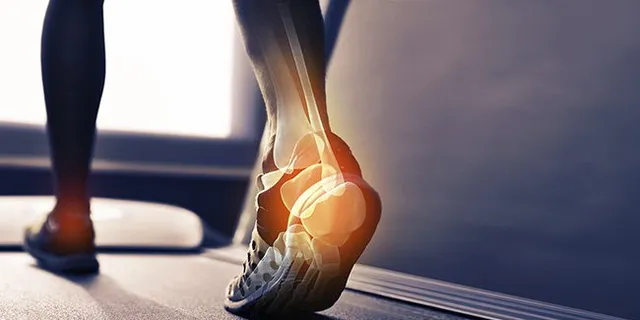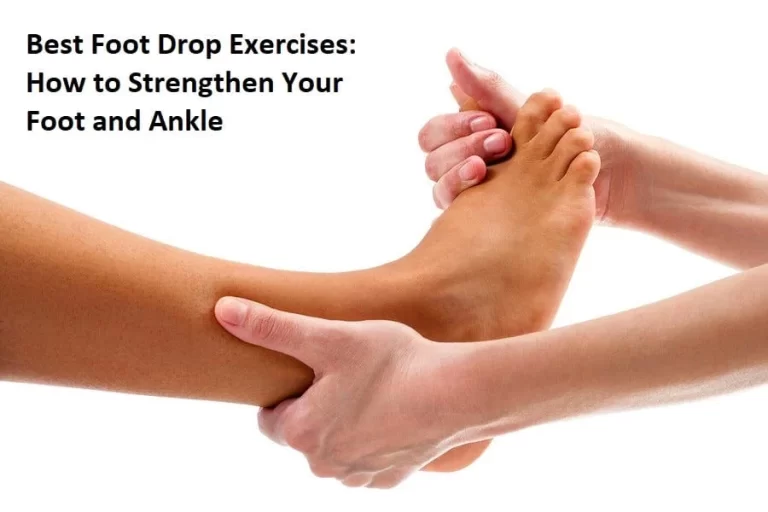9 Best Exercises to Increase Mitochondria
Exercises to increase mitochondria focus on boosting your body’s cellular energy production. Activities like high-intensity interval training (HIIT), endurance cardio, and strength training stimulate mitochondrial growth, improving stamina, metabolism, and overall vitality.
Table of Contents
What are mitochondria?
Mitochondria are organelles, which are small, membrane-bound structures. Except for red blood cells, they are present in the majority of the body’s cells. According to Todd Buckingham, Ph.D., an exercise physiologist and visiting professor of exercise science at Grand Valley State University, cells that need a lot of energy, like those in your muscles, have hundreds or thousands of mitochondria.
Mitochondria have a distinct purpose, much like any other organelle. Energy generation, in this instance. The body’s “energy currency,” adenosine triphosphate (ATP), is continually produced by mitochondria, an internal factory.
Mitochondria use the oxygen you breathe and the food you eat through several complex chemical reactions to create ATP, which the body then “spends” on everything from vital biological processes to prolonged periods of sweating.
Best Exercises to Increase Mitochondria Video
What are the best exercises to increase mitochondria?
Mitochondria will benefit from any aerobic training or exercise that uses oxygen and lasts for at least five minutes continuously. However, the degree of activity will determine the kind of impact it has on mitochondria.
The quantity of mitochondria in our cells will increase with low-intensity exercise. The size of the mitochondria rises during high-intensity exercise.
Jumping Jacks
- With your feet together, arms outstretched, hands at your sides, and toes pointing front, stand upright. The first step is taking on this athletic position.
- Next, quickly bend your knee slightly, extend your feet out to the sides of your body, swing your arms out to either side, and elevate them above your head. Ensure that you complete all of these tasks simultaneously.
- Once you are on the ground, go back to your starting position with your feet together and your arms at your sides by reversing the sequence.
- Avoid slouching or twisting your toes outward; instead, maintain a straight posture.
Bicycle Crunch
- To stabilize your spine, draw in your abdomen by contracting your core muscles.
- Use your hands to hold your head gently. Lift your feet off the ground by slowly raising your knees to a 90-degree angle while pulling your shoulder blades back.
- Breathe out and perform a bicycle pedal motion gently at the start, raising one knee to your armpit and straightening the other leg, both of which should remain higher than your hips.
- Turn your body such that your elbow touches the opposing knee as it rises.
- Draw that knee into your armpit and extend the other leg till your elbow reaches the other knee as you twist to the opposite side.
- Aim for three sets of 12 to 20 repetitions.
Box Jump
- Place the box one short step forward of you and place your feet shoulder-width apart.
- Bring your arms out behind you as you drop and gently bend your knees.
- As you jump onto the box, use the energy from your quarter squat to push yourself higher and swing your arms out in front of you.
- With your knees slightly bent, gently land on both feet.
- Repeat by stepping back and down.
Dead Bug
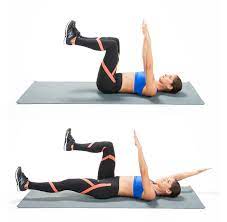
- Allow your lower back and shoulders to fall heavily to the ground.
- Reduce the distance between your shoulders and your ears. To begin, raise your hands so that your fists are facing toward the inside and your elbows are above your shoulders.
- Raise your legs till your knees are exactly above your hips.
- As you exhale, gently lower your left leg and right arm to just above the floor.
- Return them to their initial position upon inhaling.
- On the other side, repeat.
Sun Salutations
Step 1 Mountain Pose (Tadasana)
In Mountain Pose, stand with your feet together and your arms by your sides. With your palms facing front, distribute your weight equally between your feet. Find a steady, calm breath for yourself. In the praying position (anjali mudra), bring your hands together in the middle of your chest.
Step 2 Upward Salute (Urdhva Hastasana)
Take a breath, then do the Upward Salute by extending your arms straight out to the sides and up beside your ears. You can bring your palms into contact if you’d like, but they should be facing each other. Stretch your arms and sternum toward the sun. You may also perform a little backbend here by elevating your chest and tilting your upper body slightly back.
Step 3 Standing Forward Bend (Uttanasana)
Breathe out and move your chest closer to your thighs by bending forward at the hips. Place your feet gently on the mat. Allow your neck and shoulders to unwind. You can place your hands on blocks, your shins, your ankles, or your mat.
Step 4 Standing Half Forward Bend (Ardha Uttanasana)
In the Standing Half Forward Bend, raise your chest parallel to the mat and take a breath. As you stretch the top of your head toward the wall in front of you, pull your shoulder blades away from your ears and extend your back. You can move your fingers or palms to your shins or blocks, or you can keep them on the ground.
Step 5 Plank
Breathe out and return your feet to the plank, which is like the highest point of a push-up. Make sure your feet are hip-distance apart, your palms are flat on the mat, and your shoulders are exactly above your wrists. (If the plank causes pain in your arms, shoulders, or low back, lower your knees to the mat.) Keep the back of your neck extended as you look down and slightly forward. Take a breath and push through your heels to stretch your back.
Step 6 Four-Limbed Staff Pose (Chaturanga Dandasana)
Keeping yourself as straight as a board of wood, slowly lower your entire body while exhaling and bending your elbows. When your upper and lower arms form a straight angle, halt and hug your elbows in toward your sides. In Four-Limbed Staff Pose, look down and slightly forward. As you maintain this difficult position, you’ll start to feel that you’re getting stronger.
Step 7 Upward-Facing Dog Pose (Urdhva Mukha Svanasana)
As you slide forward over your toes onto the tops of your feet in Upward-Facing Dog Pose, inhale and raise your chest. Keep your legs straight while relaxing your glutes, and press the tops of your feet into the mat. Extend over your collarbones and pull your shoulders back. Look either directly forward or slightly up. (You can raise and plant your feet one at a time on the mat instead of rolling over your toes. If you find this backbend too difficult, try Cobra Pose instead.
Step 8 Downward-Facing Dog (Adho Mukha Svanasana)
Breathe out as you raise and lower your hips to enter Downward-Facing Dog. Lengthen your back, apply pressure through your knuckles, and let go of your heels in the direction of the mat. If your heels don’t make contact with the mat, don’t worry. Allow your heels to feel heavy. As necessary, bend your knees. Hold this position for a few breaths.
Step 9 Low Lunge
Step your left foot forward between your hands in a low lunge at the end of your exhale and right before your inhale. Place your foot in front of the other foot. When performing multiple Surya Namaskar A rounds, switch up which foot you step forward with initially.
Step 10 Standing Half Forward Bend
To return to the Standing Half Forward Bend, take a breath and raise your chest halfway.
Step 11 Standing Forward Bend
Breathe out and bend forward at the hips to do the Standing Forward Bend once again.
Step 12 Upward Salute
Take a breath, then extend your arms raised and to the sides in an upward salute.
Step 13 Mountain Pose
With your hands in prayer at your sides or at your heart, exhale and return to Mountain Pose. Perform another Sun Salutation or just rest here for a few breaths, feeling and experiencing.
Burpee
- With your feet shoulder-width apart, your back straight, and your knees bent, begin in a squat posture.
- Place your hands directly inside your feet on the floor in front of you.
- Kick your feet back until you are on your hands and toes in a push-up position, keeping your weight evenly distributed on your hands.
- Perform one pushup while maintaining a correct body from head to heels. Don’t let your back slump or raise your butt too high.
- Jump back to your starting posture with your feet and perform a frog kick.
- Reach your arms over your head while standing.
- Jump quickly into the air to return to your starting point.
- After resting with your knees bent, squat down and repeat the movement.
Walking Lunge
- Place your feet shoulder-width apart and stand upright. You can keep your hands on the patient’s hips or at your sides.
- Put your weight on your heel and take a step forward with your right leg.
- In a lunge position, bend your right knee and extend it until it is parallel to the floor. Take a moment to pause.
- Move your left foot forward while keeping your right leg still, then repeat the motion with your left leg. When your left leg is parallel to the floor in a lunge, pause.
- As you lunge, repeat this motion, “walking” forward while switching legs.
- Perform 10–12 repetitions on each leg. Do two or three sets.
Mountain Climber
- Place yourself in a plank posture, distributing your weight equally between your hands and toes.
- Make sure your head is in alignment, your back is flat, your abs are engaged, and your hands are approximately shoulder-width apart.
- As much as you can, pull your right knee into your chest.
- Pull one knee out and pull the other knee in as you switch legs.
- Run your knees in and out as quickly and as far as you can while keeping your hips down. Breathe out and in alternately as you switch legs.
Skater Hop
- Place your feet shoulder-width apart and keep your arms at your sides.
- Lift your right foot off the ground and shift your weight to your left foot.
- Jump to the right and land on your right foot while bending your left knee.
- Lift your left foot off the ground and immediately shift your weight onto your right foot.
- Jump to the left and land on your left foot while bending your right knee.
- For the required number of repetitions or duration, keep hopping back and forth.
Benefits
- Increased mitochondrial content: Exercise stimulates cells to produce new mitochondria, which raises the overall amount of mitochondria that can produce energy.
- Better energy production: Regular exercise increases respiratory capacity and oxidative phosphorylation, which makes mitochondria more effective in producing ATP, the primary energy currency of the cell.
- Enhanced mitochondrial quality control: Exercise promotes cellular functions such as fusion (the merging of mitochondria) and mitophagy (the removal of damaged mitochondria), which collectively preserve a pool of healthy, functional mitochondria.
- Decreased oxidative stress: Although exercise causes an initial rise in oxidative stress, the long-term result is a cellular environment that is stronger and produces fewer dangerous reactive oxygen species (ROS).
- Improved metabolic health: Exercise helps control blood sugar, boosts insulin sensitivity, and promotes general metabolic health through improving mitochondrial activity.
FAQs
How can I increase my mitochondria fast?
Frequent exercise promotes mitochondrial biogenesis, the process that creates new mitochondria. Running, swimming, and strength training are examples of aerobic workouts that can improve total energy production and stamina by increasing the quantity and efficiency of mitochondria.
Does walking build mitochondria?
However, for more active, better-functioning individuals, quicker walking times were associated with higher mitochondrial performance. This implies that among older persons with greater functioning, reduced mitochondrial activity may be a sign of early functional degeneration.
Can I increase my mitochondria?
Regular exercise promotes mitochondrial biogenesis, the process that creates new mitochondria. Running, swimming, and strength training are examples of aerobic workouts that can improve total energy production and stamina by increasing the quantity and efficiency of mitochondria.
What foods are bad for mitochondria?
Avoid gluten-containing meals, dairy products, eggs, processed meats that contain nitrates, and anything sweetened with sugar for both overall and mitochondrial health. Avoid any grains, legumes, peanuts, and soy
References
- Connor, J. (2024, April 18). The best exercises to increase mitochondria. Bicycling. https://www.bicycling.com/training/a39915658/how-to-increase-mitochondria/
- Weishaupt, J. (2024, June 9). How to do jumping jacks. WebMD. https://www.webmd.com/fitness-exercise/how-to-do-jumping-jacks

